iPhone Air vs iPhone 17: Is Apple’s thinnest phone worth $200 More?
The iPhone Air is a stunning design experiment and achievment, but the iPhone 17 simply sounds too good to ignore.
We may earn a commission if you make a purchase from the links on this page.

Apple’s September 2025 event brought a major shift into the company's iPhone lineup. Instead of a Plus model, Apple unveiled the highly anticipated iPhone Air: the thinnest and lightest iPhone ever made. Alongside it, we also saw what's arguably the best deal for the year and the best value iPhone ever, the iPhone 17.
So what do you lose, and what do you gain if you decide to go on a limb and buy the iPhone Air for $200 more?
iPhone Air vs iPhone 17 differences:
| iPhone Air | iPhone 17 |
|---|---|
| Design | |
| Significantly lighter at 156 grams | 177 g grams |
| Significantly thinner at just 5.6 mm | 7.95 mm thin |
| Titanium body, Ceramic Shield 2 front & back | Aluminum + reinforced glass, Ceramic Shield 2 front |
| Display | |
| 6.5" OLED, 1–120Hz ProMotion, Always-On | 6.3" OLED, 1–120Hz ProMotion, Always-On |
| 3000 nits peak brightness | 3000 nits peak brightness |
| Anti-reflective coating | Anti-reflective coating |
| Performance | |
| A19 chip | A19 chip |
| 5-core GPU | 5-core GPU |
| 12 GB RAM | 8 GB RAM |
| Cameras | |
| Single rear camera | Triple rear cameras |
| 48MP wide | 48MP wide |
| No ultrawide | Same 48MP ultrawide |
| No telephoto camera | 4X telephoto camera with 48MP sensor |
| 18 MP front camera | Same 18MP front cam |
| Battery | |
| 3149 mAh | 3692 mAh |
| Up to 27 h video playback (22 h streamed) | Up to 30 h video playback (27 h streamed) |
| Wired charging: 50% in ~20 min (40W adapter) | Wired charging: 50% in ~20 min (40W adapter) |
| 25W MagSafe | 25W MagSafe |
| Models | |
| $1000 (256 GB base) | $800 (256 GB base) |
| 1 TB max storage | 512 GB max storage |
| Other | |
| eSIM only | nanoSIM + eSIM |
Table of Contents:
Design and Size
The Air's strongest selling point

iPhone 17 sticks to the classic look, and the Air comes in at just 5.6mm. | Image credit — Apple
The iPhone Air is Apple’s slimmest and lightest iPhone ever, measuring just 5.6mm thick and weighing 156 grams. It uses a titanium frame with Ceramic Shield glass on both the front and back, which Apple says is its most durable combination yet.
Despite its ultra-thin body, though, the Air still manages to include the familiar Action Button for customizable shortcuts, and even the infamous Camera Control Button.
Apple has also designed a special low-profile MagSafe Battery Pack accessory just for the Air to extend its battery life further.
The iPhone 17, on the other hand, is more conventional, with a 7.95mm aluminum-and-glass build and a weight of 177 grams. Like the Air, it uses the new Ceramic Shield 2 on the front, which Apple claims is three times more scratch resistant than before, but on the back it sticks to reinforced glass rather instead.
The iPhone 17, on the other hand, is more conventional, with a 7.95mm aluminum-and-glass build and a weight of 177 grams. Like the Air, it uses the new Ceramic Shield 2 on the front, which Apple claims is three times more scratch resistant than before, but on the back it sticks to reinforced glass rather instead.
| iPhone Air | iPhone 17 |
|---|---|
| Thickness 5.6 mm | Thickness 8 mm |
| Dimensions 156.2 x 74.7 mm | Dimensions 149.6 × 71.5 mm |
| Weight 165 g | Weight 177 g |
Apple offers both phones in multiple fresh finishes: the iPhone Air colors come in Space Black, Cloud White, Light Gold, and Sky Blue, while the iPhone 17 colors are Black, Lavender, Mist Blue, Sage, and White.
Display Differences
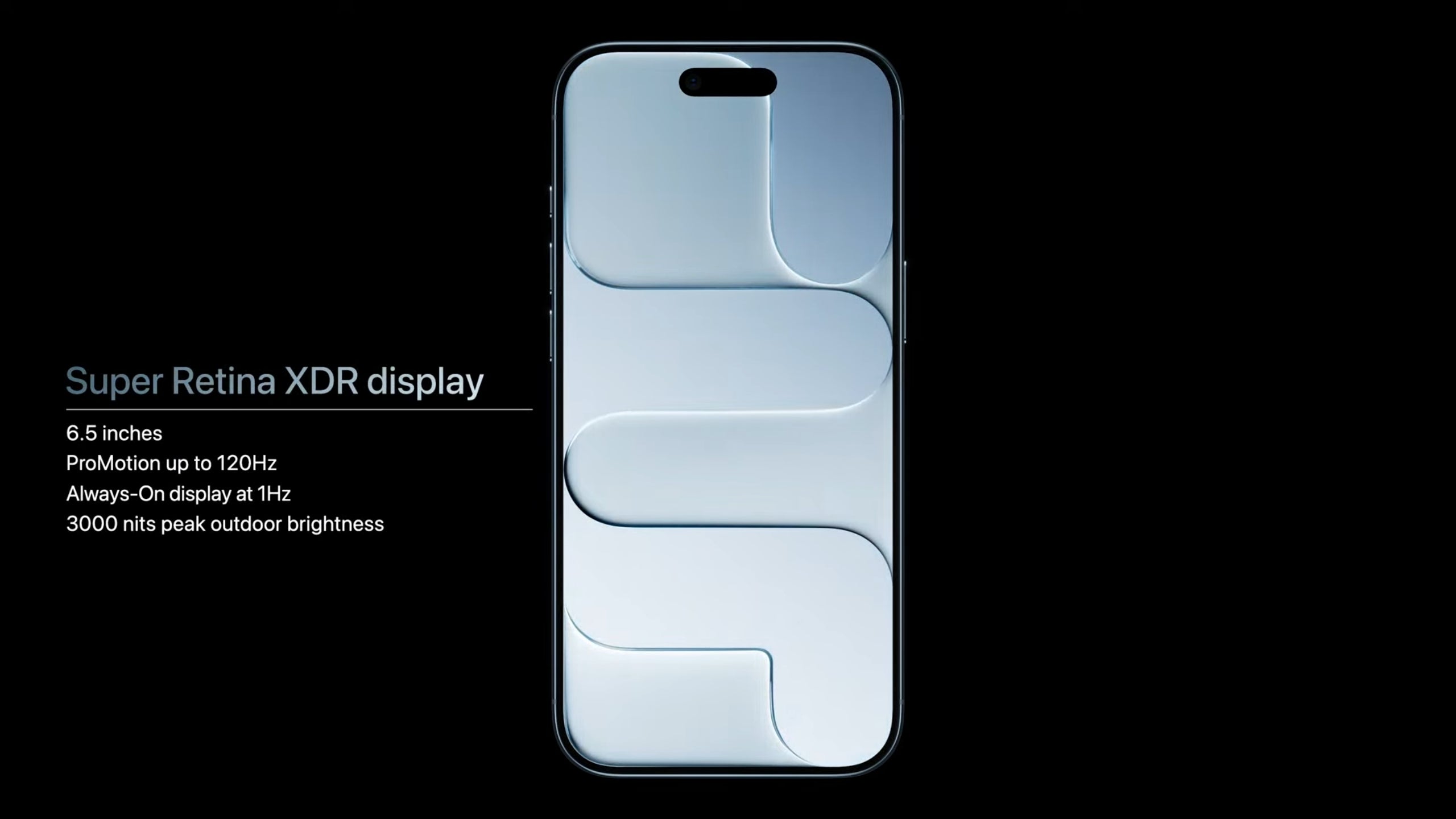
iPhone Air gets a bigger 6.5" display, but both models now support Always-On and 120Hz. | Image credit — Apple
The iPhone Air and iPhone 17 both introduce major upgrades compared to earlier base iPhones.
The iPhone Air comes with a larger 6.5-inch Super Retina XDR display vs the 17’s 6.3-inch panel. Both, however, are ProMotion with an adaptive refresh rate of 1-120Hz, which enables the Always-On Display feature, a first for a non-Pro iPhone. Apple also quotes a 3,000-nit peak outdoor brightness and twice the outdoor contrast compared to previous models.
| iPhone Air | iPhone 17 |
|---|---|
| Size 6.5" OLED | Size 6.3" LTPO OLED |
| Brightness 3000 nits (peak) | Brightness 3000 (peak) |
The iPhone 17 lineup introduces a new seven-layer anti-reflective coating.
While it is still not on the same level as the Galaxy S25 Ultra, footage from YouTuber MrWhoseTheBoss shows it cuts down glare noticeably compared to the iPhone 16 series.
Performance and Software
A19 vs A19 Pro, 8 GB vs 12 GB RAM
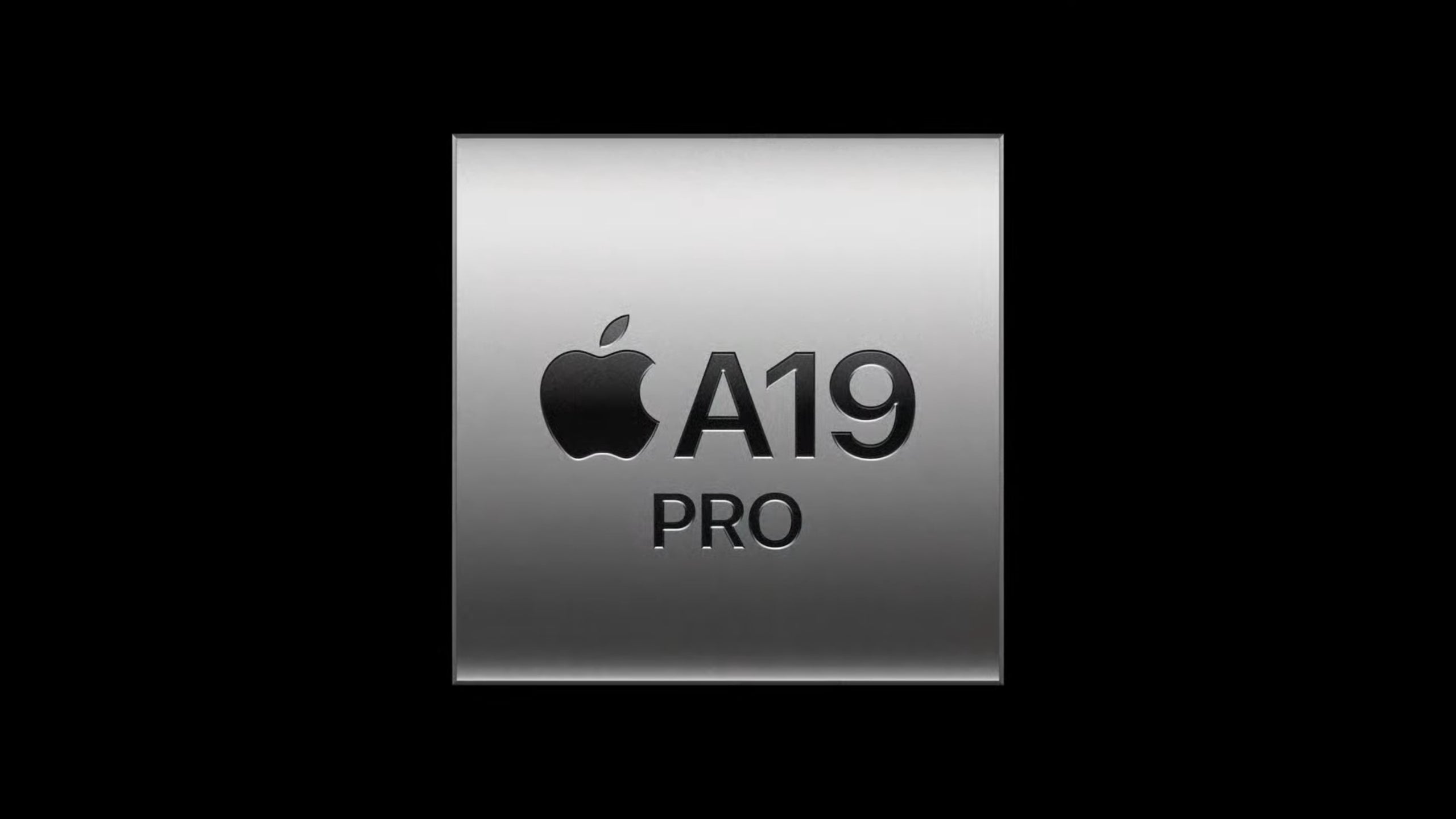
A19 Pro in a 5.6mm bo
the iPhone Air could be powerful — or throttled. | Image credit — Apple
The iPhone Air gets the A19 Pro chip, the same powerhouse that drives the iPhone 17 Pro and iPhone 17 Pro Max. The chip includes a 6-core CPU, a 5-core GPU with upgraded architecture, and Neural Accelerators that deliver up to 3x the GPU performance compared to the last generation.
It will be interesting to see how the A19 Pro chip performs inside the much thinner chassis of the iPhone Air. The slim design could mean heavier thermal throttling, potentially dropping sustained performance to levels similar — or even lower — than the regular A19 under longer workloads.
Apple claims the A19 Pro enables MacBook-class performance in a phone, particularly for gaming and generative AI features. Alongside the A19 Pro, the Air also features Apple’s new N1 chip for wireless connectivity (Wi-Fi 7, Bluetooth 6, Thread) and the C1X cellular modem, which is 2x faster and 30% more efficient than its predecessor.
Unlike the iPhone 17, the Air is eSIM-only, with support from over 500 carriers globally and streamlined eSIM management in iOS 26.
The iPhone 17 uses the standard A19 chip, which is still built on the 3nm N3P process. The base model comes with 8 GB of RAM vs 12 GB on the Air, and while both phones start at 256 GB of storage, the Air extends all the way to 1 TB, while the 17 tops out at 512 GB.
| iPhone Air | iPhone 17 |
|---|---|
| Chip A19 Pro | Chip A19 |
| Process 3nm | Process 3nm |
| RAM, Storage 12/256 GB 12/512 GB 12/1 TB LPDDR5X RAM NVMe storage | RAM, Storage 12/256 GB 12/512 GB --- LPDDR5X RAM NVMe storage |
Both phones run on the brand new iOS 26, introducing the new Liquid Glass design, Apple Intelligence features like Live Translation and Call Screening, and updated apps across Messages, Phone, Music, Maps, and CarPlay.
Camera
Dual 48 MP vs single 48 MP
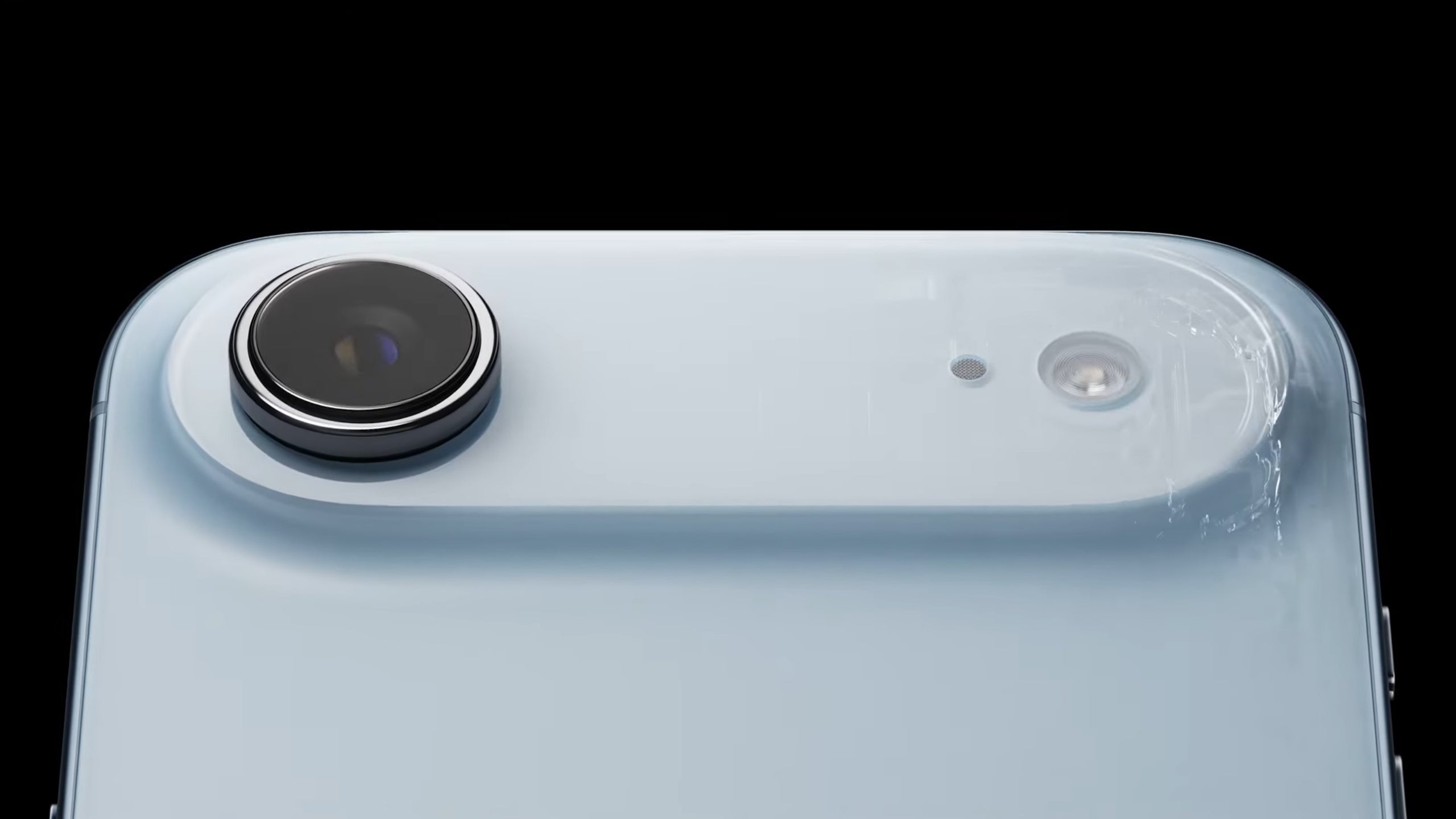
iPhone Air makes do with a single 48 MP rear camera — the iPhone 17 gives you two. | Image credit — Apple
Apple had to make sacrifices to achieve the iPhone Air's thin body, and probably the most dire one was limiting it to a single rear camera. It's a 48 MP wide camera, seemingly the same as that on the iPhone 17. It comes with four focal lengths (24mm, 28mm, 35mm, and a 2x telephoto crop). It also has Focus Control, letting users adjust portrait depth after shooting. Thankfully, it also supports 4K60 Dolby Vision video, Action Mode, Audio Mix, and wind noise reduction.
The iPhone 17 provides more flexibility with a dual-camera system: the 48 MP wide and a new 48 MP ultrawide camera (which defaults to 24 MP images). This makes it more versatile, especially for landscapes, group shots indoors. And since the ultrawide camera is the one that enables Macro mode, its higher resolution also means you get more detaield macro shots.
iPhone 17 Official Sample Photos:
iPhone Air Official Sample Photos:
| iPhone Air | iPhone 17 |
|---|---|
| Main 48 MP, f/1.6 26 mm 1/1.56" sensor size | Main 48 MP, f/1.6 26 mm 1/1.56" sensor size |
| Ultrawide None | Ultrawide 48 MP, f/2.2 13 mm 1/2.55" sensor size |
| Telephoto None | Telephoto None |
| Front 18 MP Center Stage, f/1.9 | Front 18 MP Center Stage, f/1.9 |
Both phones share the same 18 MP Center Stage front camera that comes with a unique square sensor. This allows it to automatically adapt between portrait and landscape orientation for selfies, expanding the frame for groups and keeping subjects centered in video calls, all withouth having to turn the phone sideways. It also has optical image stabilization, allowing for much more stable video capture.
Both support Dual Capture, aka recording with front and rear cameras at the same time.
Battery Life and Charging
This is the clearest trade-off between the two.

iPhone Air trades battery size for thinness — but Apple built a MagSafe pack just for it. | Image credit — Apple
The iPhone Air, being just 5.6mm thin, naturally has a smaller battery. Apple hasn’t disclosed exact capacity, but the company claims it delivers “all-day battery life”, thanks to efficiency gains from the A19 Pro chip, internal design maximizing space, and Adaptive Power Mode.
However, the Air is not meant to compete with the rest of the lineup when it comes to battery life. So, to make up for it, Apple created a low-profile MagSafe Battery Pack exclusively for the Air. With this accessory, the phone can reach up to 40 hours of video playback, but the pack doesn’t work with other iPhones because of differences in thickness and camera layout.
The iPhone 17 is rated for up to 30 hours of video playback (27 hours streamed), which is a massive improvement over its predecessor (22 hours/18 hours). It uses a stacked battery paired with (still) efficient A19 chip.
| iPhone Air | iPhone 17 |
|---|---|
| Video playback Up to 27 h (22 h streamed) | Video playback Up to 30 h (27 h streamed) |
Charging speeds 50% in ~30 min (20W adapter) 20W Magsafe / Qi2 Wired reverse charging USB-C 2.0 | Charging speeds 50% in ~20 min (40W adapter) 25W MagSafe / Qi2 Wired reverse charging USB-C 2.0 |
The iPhone 17 supports 40W wired charging, reaching 50% in roughly 20 minutes with Apple’s new Dynamic Power Adapter. It also comes with the same 25W Qi2-certified MagSafe wireless charging from last year. The iPhone Air is slower, though. Apple states it supports 20W wired charging, hitting 50% in roughly 30 minutes with a 20W adapter, and 20W MagSafe/Qi2 wireless charging.
Both support 4.5W reverse charging via a cable.
Specs Comparison
Here's a quick overview of the iPhone Air vs iPhone 17 specs.
| iPhone Air | iPhone 17 |
|---|---|
| Size, weight 156.2 x 74.7 x 5.6 mm, 165 g | Size, weight 149.6 x 71.5 x 8 mm, 177 g |
| Screen 6.3" OLED 120Hz | Screen 6.3" LTPO OLED 120Hz |
| Processor A19 Pro 3nm | Processor A19 3nm |
| Versions: 12/256 GB 12/512 GB 12/1 TB LPDDRX5 | Versions: 8/256 GB 8/512 GB --- LPDDRX5 |
| Cameras: 48 MP main --- 18 MP front | Cameras: 48 MP main 48 MP ultra 18 MP front |
| Battery: ~3,692 mAh | Battery: ~3,988 mAh |
| Charging: USB-C 20W wired 20W wireless | Charging: USB-C 40W wired 25W wireless |
Summary
It's clear that the iPhone Air is a design-first device. It's main selling point is that it is stunningly thin and lightweight, but what makes it impressive is that it is both of those things but also durable and powerful. There are two main limiting factors: the single rear camera and the smaller battery. There's also the fact that it costs $999, when you can get so much more from the base iPhone 17 for $200 less.
The Air will be the iPhone for those who are tired of the regular phone form factor and want to try out something new. Samsung already came out with its version and beat Apple to the finish line, but the iPhone Air doesn't sound too bad in comparison, and is quite the technological marvel too.
For most people, however, the iPhone 17, at $799, is the option with the best value (even when compared to the Pro models). It is the Apple's best bang-for-your-buck phone in ages, so it will be easier to recommend.
It will be interesting to compare the chip performance between these two models. The Air might have the more powerful chip, but it could suffer from throttling because of that thin body. Stay tuned for tests and a more detailed comparison!
Follow us on Google News


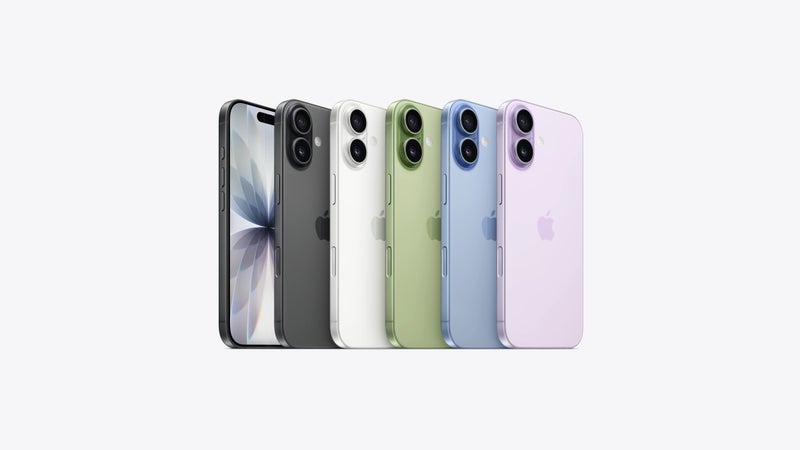
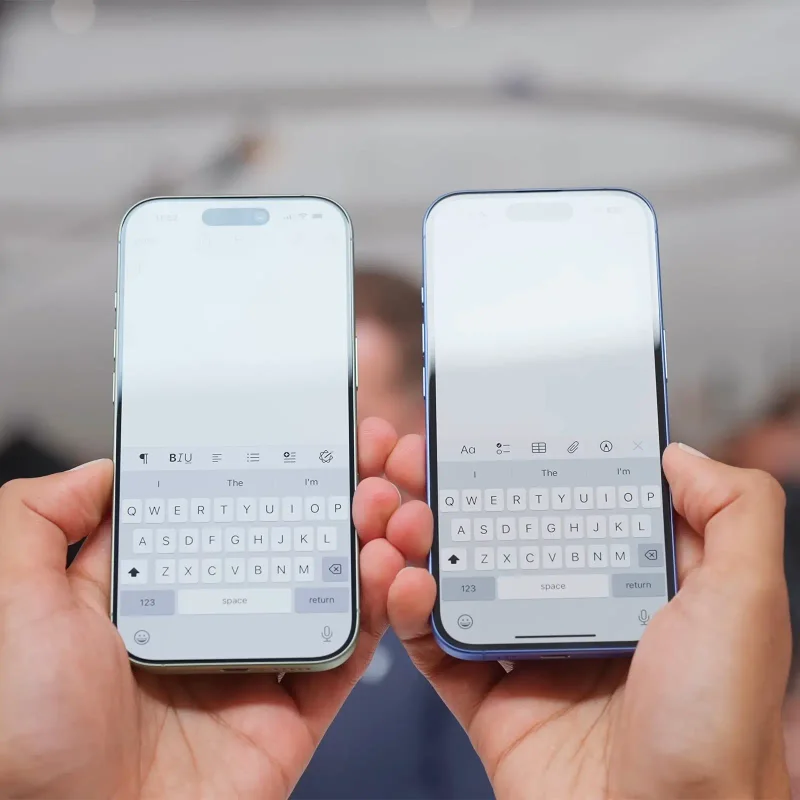
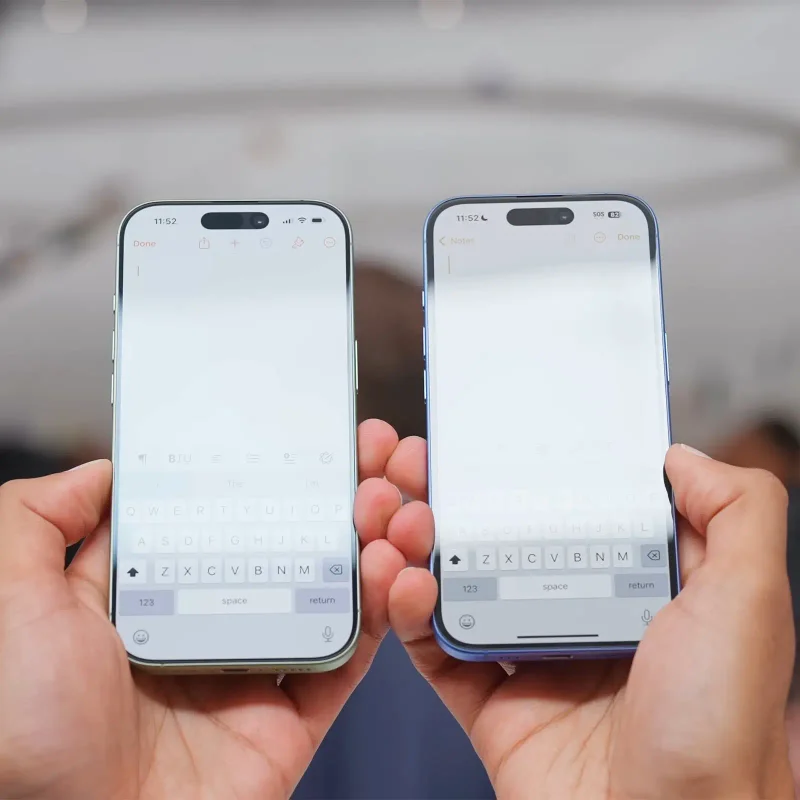
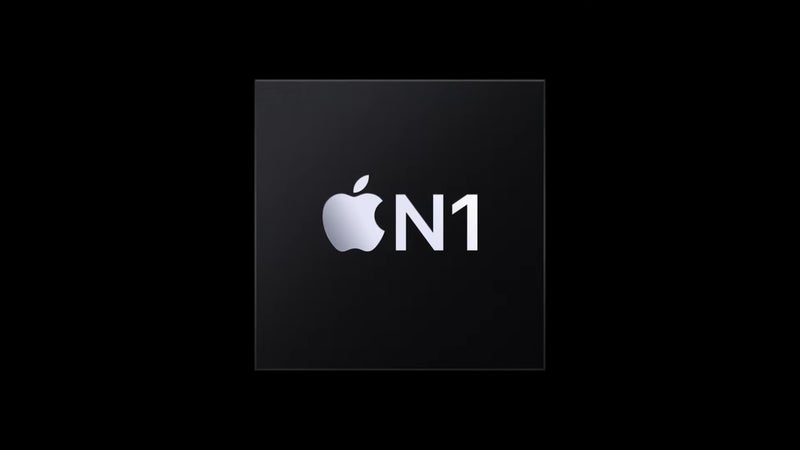
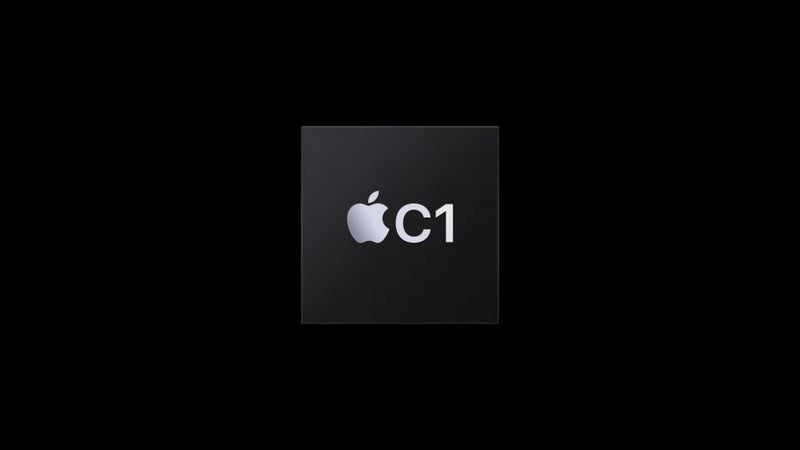

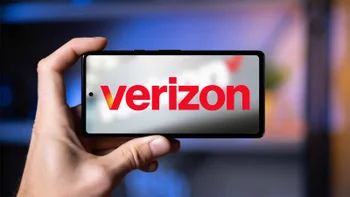

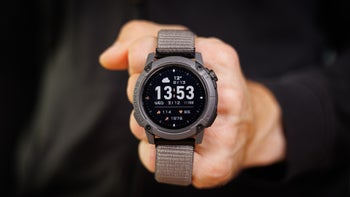

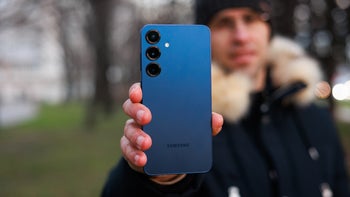
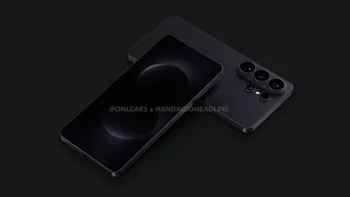
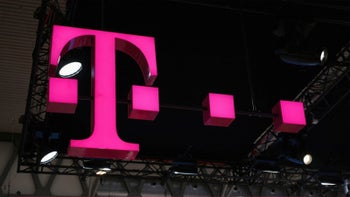

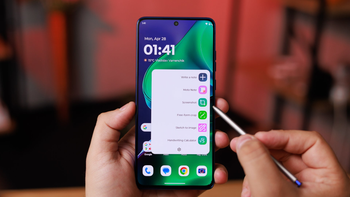
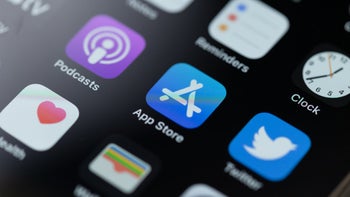

Things that are NOT allowed:
To help keep our community safe and free from spam, we apply temporary limits to newly created accounts: